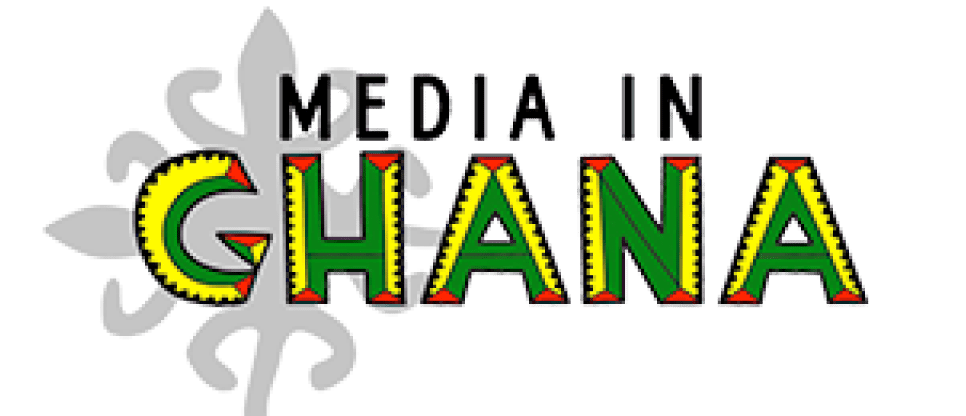Originally published in Public Agenda on August 24, 2012
By Schuyler Durham
On Thursday, 16 August, a meeting, entitled Community Dissemination and Engagement Forum on Advocacy Efforts in the Songhor Lagoon, was conducted in a schoolyard in Ada to further the discussion about how to maximise local benefit from the nearby Songhor Lagoon, rich with salt.
Nestled in the far eastern coast of Greater Accra Region, the Songhor Lagoon of Ada is one of the largest sources of salt in West Africa. However, the profits from this natural resource hardly ever find themselves in local hands. In an all-too-common plot-line for African natural resources, the majority of the lagoon has been sectioned off for private use by individuals from outside the area, who turn huge profits from the land by recruiting local salt miners to work at minimal costs.
However, the people of Ada seek to regain majority control of the mines through implementing the Master Plan, a land use resolution conceptualised in 1991. The Master Plan gives the rights to the Lagoon to locally formed co-operatives, who can then mine year round. Due to local disputes, a co-operative was never formed and larger private-interests jumped on the opportunity by introducing the Land Use Plan, which meant that the government developed the mines for private sale to local and outside individuals.
People and organisations such as the Ada Songhor Co-operative Union, which was in attendance on Thursday, are urging the locals to settle disputes and organise to take back their salt mines.
Currently, salt mining is often carried out on large mines, owned by a single person or corporation. The mines themselves are vast stretches of land, with shallow pools cut neatly into the earth. These pools for mining, referred to as dikes, are nearly uniform in length but vary drastically in width, often in correspondence with the wealth of the owner. Some mines, owned by outside interests, display rows of huge rectangles, while others are narrow slits that pale in comparison.
A single owner can have anywhere from just a few to several dozen dikes. An owner with 12 to 14 dikes might have about 30 miners working daily. Local people come early in the morning, to avoid the heat of the sun, and work for little pay until they tire and turn in for the day.
Considering the low pay for miners, the profitable salt that can be mined in a day is staggering. A security guard at one mine laughs as he comments, “The Asante think they are rich but they don’t realise… We have white gold.” Several miners working in one dyke can produce upwards of 500 or more bags of salt in a day, each one selling for 8 Ghana Cedis. On a farm working with twenty or more dykes, daily profits rocket to tens of thousands, all with little overhead cost due to the insignificant wages for miners.
People from all around the Ada area came together on 16 August to raise awareness on this issue and strategise for a solution.
On top of ownership disputes, another major issue called to attention by local people in attendance was the obstruction of waterways feeding the Lagoons.
The Songhor Lagoon is filled with sea water on a regular basis, but, since ancient times, the people have also depended on other sources of water to feed the Lagoon. Nearby rivers and waterways, such as the Volta River, have since been blocked or marred by pollution and development. If the salt mines are ever to return to their previous state, before the intrusion by outside influences, it is necessary to clean the rivers and stop the pollution that seeps into the rivers every day.
Rivers are not the only natural resource that has seen devastation in recent years of development. The forest Okowe has been considered sacred by the people of Ada since they settled in the area. According to local legend, a hawk led the founders of Ada to the forest, where an old woman introduced these new settlers to the splendours of salt mining. However, the forest now stands as a mere skeleton of its former self. Overharvesting of Okowe has left the lush forest with only a few handfuls of trees remaining as a solemn symbol of what the recent decades of development has done to the land and people of Ada.
The meeting escalated in energy and volume as the time stretched on. By the end people were running up to the front, one after the other, to shout their input to a crowd, some receiving cheers, some hardly noticed as my translator leaned over to me and said, “he is just talking to hear himself, there isn’t anything important I can translate.”
As everything came to a close, the crowd joined in on a traditional song to break the tension. Finally, everyone bowed their heads and a prayer delivered their thanks, efforts, and hopes to the Lord.
The Songhor salt mines offer much potential to the people of Ada, and hopefully, with God’s grace and some co-operation amongst the several clans who own pieces of the Lagoons, local ownership of these natural resources can become a reality in the near future.
Schuyler is a student from University of Oregon, Eugene, United States

Read the entire article online here…



Comments by jaclynr